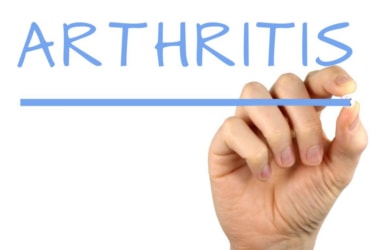
Scientists from IIT Guwahati have synthesised mats made of silk-proteins and bioactive glass fibres that they believe can assist the growth of bone cells and repair worn-out joints in arthritis patients.
The disease most commonly affects joints in the knees, hips, hands, feet, and spine and is marked by the breakdown of joint cartilage and underlying bones.
Left untreated, it can cause severe pain, swelling, and eventually limited range of movement.
Current clinical treatment methods are limited by lack of viable tissue substitutes to aid the repair process
To develop a suitable tissue substitute, scientists looked into the natural bone-cartilage interface and tried to mimic it synthetically in lab conditions.
Knee osteoarthritis is the most common bone and joint disease in India. The available clinical grafts were expensive.
The scientists used silk, a natural protein to fabricate electro-spun mats to mimic the cartilage portion and bioactive glass to develop a composite material, similar to the natural tissue.
For the mat, scientists used a kind of silk easily available in northeast India.
Muga [Assam] silk is endowed with properties that enhance the healing process.
The researchers adopted a green fabrication approach for the developing the silk composite mats - electrospinning.
It is similar to knitting, except that it utilises electric high-voltage force to draw ultrafine fibres.
A layer by layer approach was followed, where the bone layer was first formed, on top of which the cartilage layer was developed.
The resulting composite mat resembled the architecture of the bone-cartilage interface.
To assist the regenerative process, the mats would be grafted in the defected joint with cells harvested from the patient.